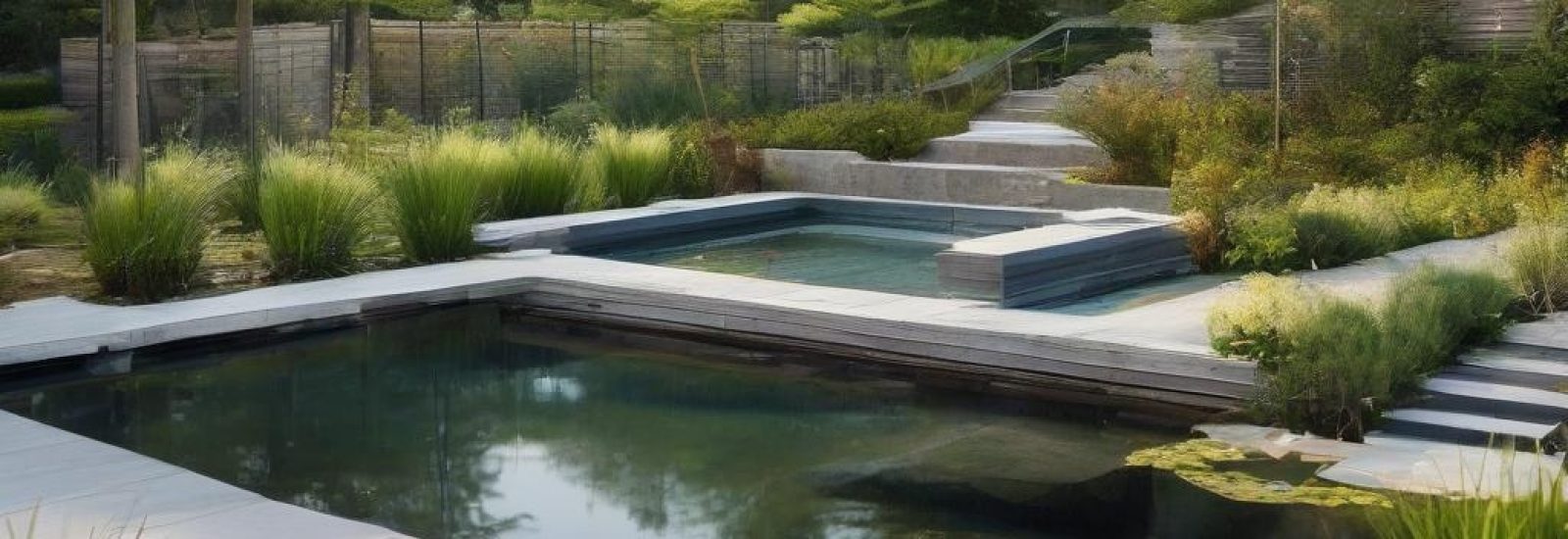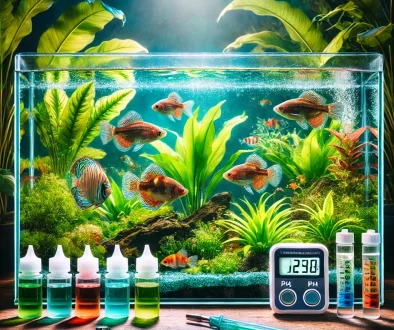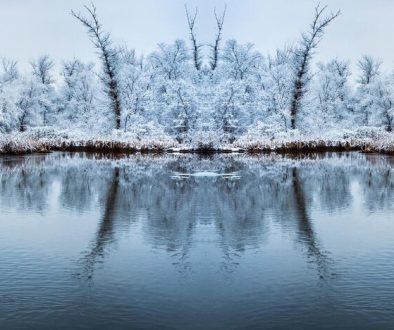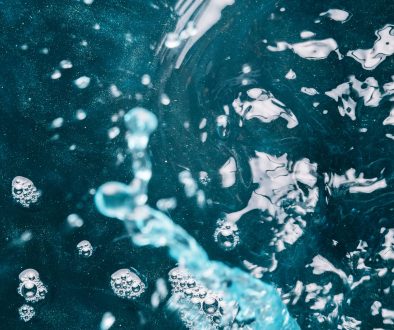Creating and Maintaining a Thriving Pond
Creating and Maintaining a Thriving Pond
Ponds are a delightful addition to any landscape, offering a serene and picturesque focal point that enhances the natural beauty of your surroundings. Whether you’re a hobbyist looking to create a small garden pond or a homeowner wanting a larger water feature, understanding the fundamentals of pond creation and maintenance is crucial. This comprehensive guide will walk you through the steps of creating a pond, selecting and maintaining plants and fish, and ensuring a balanced ecosystem.
Designing Your Pond
The first step in creating a pond is careful planning and design. Here are some key considerations:
- Location
- Sunlight: Choose a spot that receives about 6 hours of sunlight daily to support plant growth while avoiding overheating.
- Visibility: Place your pond where it can be easily viewed and enjoyed.
- Proximity to Trees: Avoid placing the pond too close to trees to minimize leaf litter and root interference.
- Size and Depth
- Size: The size of your pond depends on available space and personal preference. Larger ponds generally support a more stable ecosystem.
- Depth: A minimum depth of 18 inches is recommended for plant growth and fish health. Deeper areas (3-4 feet) provide refuge for fish during extreme weather.
- Shape
- Natural Look: Irregular, curved shapes tend to look more natural and blend well with the landscape.
- Functionality: Ensure the design allows for easy maintenance and adequate circulation.
Construction
Once you’ve planned your pond, it’s time to start the construction process.
- Excavation
- Mark the Outline: Use a hose or rope to outline the shape of your pond.
- Dig: Excavate the area to the desired depth, creating shelves at different levels for various plants.
- Liner Installation
- Liner Material: Use a flexible pond liner made of EPDM rubber or PVC for durability.
- Underlay: use a suitable underlay to protect the liner from any sharp stones or roots.
- Placement: Lay the liner in the excavation, ensuring it fits snugly without stretching. Secure the edges with rocks or soil.
- Edging
- Natural Edging: Use rocks, gravel, and plants to conceal the liner edges and create a natural look.
- Waterfall Feature: Consider adding a waterfall or stream for visual interest and aeration.
Adding Plants
Plants are vital for a balanced pond ecosystem. They provide oxygen, filter water, and offer habitat for wildlife. Here are the main types of pond plants:
- Marginal Plants
- Placement: Plant in shallow water around the pond edges.
- Examples: Cattails, Pickerelweed, Water Iris.
- Submerged Plants
- Placement: Fully underwater to oxygenate the water and provide habitat.
- Examples: Hornwort, Anacharis, Waterweed.
- Floating Plants
- Placement: Float on the surface, providing shade and reducing algae.
- Examples: Water Hyacinth, Duckweed, Water Lettuce.
- Emergent Plants
- Placement: Roots underwater, stems, and leaves above the surface.
- Examples: Lotus, Water Lily, Arrowhead.
Introducing Fish
Fish add beauty and life to your pond. They also help control insect populations and contribute to the nitrogen cycle.
- Choosing Fish
- Common Species: Koi, Goldfish, Shubunkin, Golden Orfe.
- Considerations: Choose species suited to your climate and pond size.
- Acclimatizing Fish
- Gradual Introduction: Float the fish bag in the pond for 15-20 minutes, and then slowly mix pond water into the bag before releasing the fish.
- Feeding
- Diet: Use high-quality fish food and feed sparingly to prevent water pollution.
- Schedule: Feed once or twice daily, only as much as fish can consume in 5 minutes.
Maintaining Your Pond
Regular maintenance is essential for a healthy and attractive pond.
- Water Quality
- Testing: Regularly test pH, ammonia, nitrite, and nitrate levels.
- Adjustments: Make necessary adjustments to maintain optimal water conditions.
- Filtration
- Mechanical Filtration: Use skimmers and filter pads to remove debris.
- Biological Filtration: Ensure your pond has adequate biological filtration to process fish waste.
- Plant Care
- Pruning: Regularly prune dead or overgrown plant material.
- Fertilizing: Use aquatic plant fertilizers to promote healthy growth.
- Algae Control
- Balance Nutrients: Prevent nutrient overload by avoiding overfeeding and maintaining plant balance.
- UV Clarifiers: Consider using UV clarifiers to control algae growth.
- Winter Care
- Prevent Freezing: Use pond heaters or de-icers to keep a portion of the pond ice-free, ensuring gas exchange.
- Fish Care: Stop feeding fish as water temperatures drop below 10°c (50°F).
Enhancing Your Pond
Adding features can enhance the beauty and enjoyment of your pond.
- Lighting
- Submersible Lights: Highlight plants and fish with underwater lighting.
- Solar Lights: Use solar-powered lights around the pond for an eco-friendly option.
- Water Features
- Fountains: Add fountains for visual appeal and aeration.
- Streams and Waterfalls: Create movement and sound with streams or waterfalls.
- Seating and Observation Areas
- Benches: Place benches or seating areas near the pond to enjoy the view.
- Decking: Build a deck or platform extending over the pond for a closer connection with the water.
Conclusion
Creating and maintaining a pond is a rewarding endeavour that brings beauty and tranquillity to your outdoor space. By carefully planning your pond, selecting the right plants and fish, and committing to regular maintenance, you can enjoy a vibrant and healthy aquatic ecosystem for years to come. Happy pond keeping!





